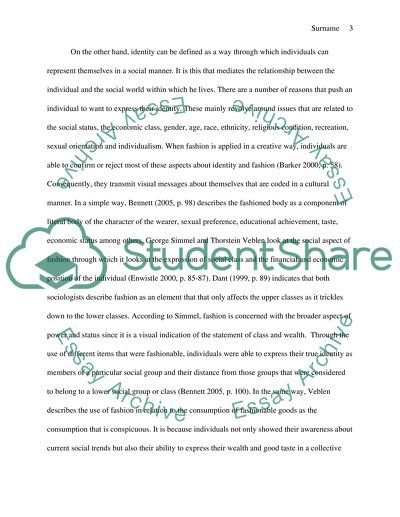Cite this document
(“Cultural and Historical Studies Essay Example | Topics and Well Written Essays - 2000 words”, n.d.)
Retrieved from https://studentshare.org/history/1631896-cultural-and-historical-studies
Retrieved from https://studentshare.org/history/1631896-cultural-and-historical-studies
(Cultural and Historical Studies Essay Example | Topics and Well Written Essays - 2000 Words)
https://studentshare.org/history/1631896-cultural-and-historical-studies.
https://studentshare.org/history/1631896-cultural-and-historical-studies.
“Cultural and Historical Studies Essay Example | Topics and Well Written Essays - 2000 Words”, n.d. https://studentshare.org/history/1631896-cultural-and-historical-studies.


